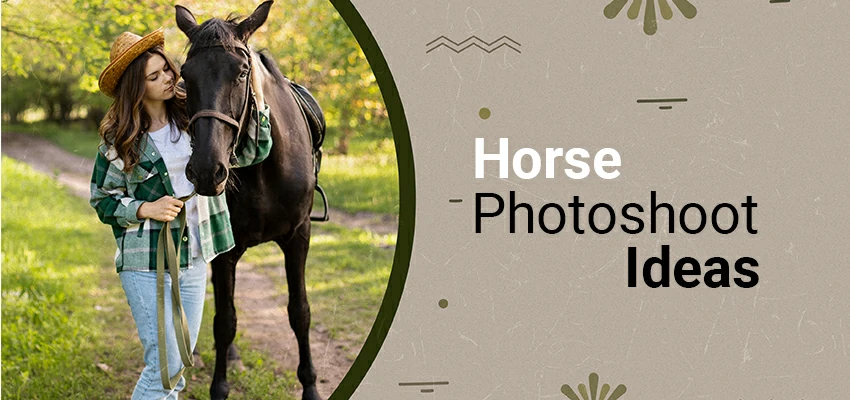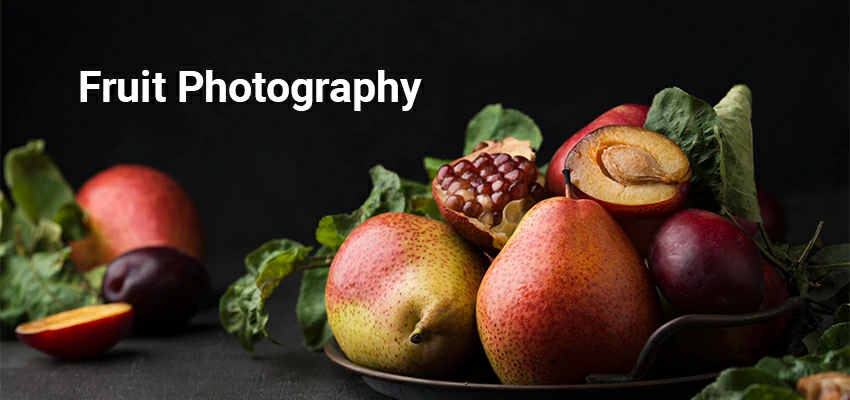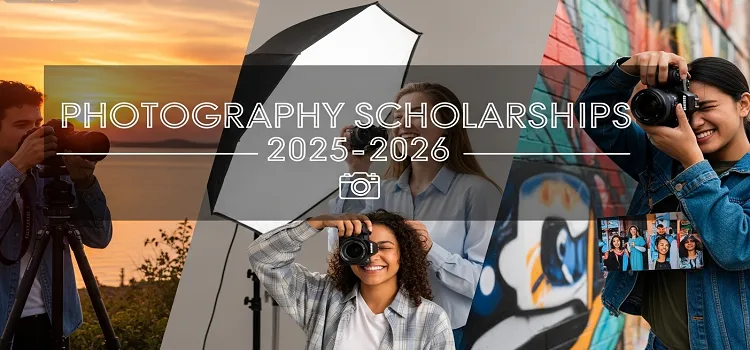Studio Photography Lighting: Master the Art of Perfect Illumination

Diving into studio photography? The lighting landscape can seem daunting at first. Softboxes, strobes, and reflectors might look like a complex puzzle.
Fear not, though! Once you master a few key concepts, studio lighting becomes a walk in the park—an exciting journey, truly!
This guide makes things easy by breaking it all down into simple steps. You’ll get the lowdown on different studio lights, how to set them up, and how to use them to get the look you’re after.
It doesn’t matter if you’re shooting headshots or high-end products – the right lighting can make all the difference and turn bland shots into amazing ones.
Ready to light like a pro? Let’s dive in.
Types of Studio Lighting
Understand the function of each studio light before positioning it. Each light has a specific purpose, much like team members have roles, to create a balanced photo.
1. Key Light (Your Main Light Source)
The key light steals the spotlight, illuminating your shot’s essence. As the main source of light, it shapes the mood with brilliance. Position it at a 45-degree angle to your subject for that perfect touch.
Want drama? Bring it closer to unleash its intensity. For a gentle glow, embrace a diffuser or softbox. Truly, the key light does the heavy lifting.
2. Fill Light (The Shadow Softener)
Shadows can lend a touch of mystery to your photographs, yet too many shadows can cast a harsh spell. Enter the fill light, your trusty sidekick against shadow overload. It gently brightens the deep darks sculpted by your key light, creating a harmonious balance.
Typically, it graces the opposite side of the key light, offering a soft embrace rather than an intense glare. And if light isn’t your only ally, a trusty reflector can do the trick too!
3. Back Light / Rim Light (The Separator)
Have you ever marveled at photos where subjects shine like stars? The secret lies in the backlight, also called rim or hair light. Positioned behind or above, it casts a soft halo around your subject.
This illuminating touch is a portrait photographer’s best friend. It adds depth and dimension, giving your images a stunning, polished finish. With this magical glow, your photos leap from the frame!
4. Background Light (Backdrop Enhancer)
Adding a background light can bring a solid backdrop to life when you’re shooting. This light directly hits the backdrop, creating contrast and depth. It’s a simple way to prevent a flat or boring background.
5. Accent Light (Creative Highlighting)
Accent lights are your artistic paintbrushes, ready to splash vibrance. Illuminate the rich textures of clothing or carve out cheekbones with flair. These lights breathe life into props and stir emotions.
The best part? Rules are mere suggestions! Position them where your creativity wanders. Add a luminous spark or a subtle whisper of drama, turning any scene into a masterpiece.
Common Studio Lighting Setups
Merge illumination in a smart manner to create setups that fit different photography types. Start with the basics, then customize.
1. One-Light Setup (Simple and Effective)
Stay positive – even one light bulb can still make you shine! Position your light at a floating angle of 45 degrees above eye level. Adorn it with a softbox for a divine, flattering glow. Direct the light magic to a white wall or reflective object. A foam board can also be used to bounce light, softening harsh shadows.
2. Two-Light Setup (Balanced and Flexible)
This introduces a second light—a fill light or a backlight. Your key light remains steadfast, casting its glow. The second light softens shadows or adds depth from behind. It’s a perfect leap into greater control, all while keeping complexity at bay.
3. Three-Point Lighting (Classic Setup)
This is the gold standard. It uses:
- A key light to light the subject
- A fill light to soften shadows
- A back light (or rim light) to separate the subject from the background
It fits seamlessly into any studio. You’ve seen it in pro portraits, YouTube videos, and commercials.
4. Clamshell Lighting (Soft and Flattering)
The beauty and fashion secret weapon? Clamshell lighting! By shining two lights above and below the face, this technique sculpts a beautiful face. The upper key light creates a perfect canvas. The lower reflector light sweeps away any unwanted shadows under the chin and under the eyes leaving only light.
5. Rembrandt Lighting (Moody and Artistic)
This technique creates a beautiful triangle of light on one cheek. Smoky shades caress the other side, paying homage to Rembrandt’s brush. A single key light at a magic wand angle creates this timeless image.
6. Loop Lighting (Natural and Popular)
This lighting magic conjures a gentle, loop-shaped shadow. It gracefully sweeps from the nose to the cheek. The result? Enhanced depth that transforms your subject. It is a subtle alternative to the dramatic flair of Rembrandt lighting.
Essential Studio Lighting Gear
To shoot professionally in the studio, you really don’t need that much equipment. Yet, the right tools can be a game changer. Here’s your guide to the necessary studio lighting equipment to shape your vision.
1. Strobes vs. Continuous Lights
There are basically two types of studio lights. Each of them has its pros.
- Strobe lights generate powerful bright flashes of light at regular intervals. It’s great for freezing motion and capturing sharp images. Flashes are usually brighter than continuous lights. But you won’t know how the light will fall until the flash fires.
- Continuous lights stay on all the time like a lamp. What you see is what you get. These are great for beginners and video, too. Just remember, they might not be as bright as strobes.
2. Light Modifiers
Modifiers help shape, soften, or redirect light. They’re a game-changer.
- Softboxes: Illuminate your subjects with soft, even light—goodbye harsh shadows! The ideal companion for captivating portraits and pristine product shots.
- Umbrellas: These tools are affordable and easy to use. They are great for beginners in photography. Umbrellas bounce or spread light wonderfully.
- Beauty Dishes: These enchanting light lanterns blend soft whispers with bold statements. They’re ideal for capturing stunning fashion and beauty moments.
- Reflectors: They bounce light back like sun-kissed sidekicks. White glows gently, silver sharpens edges, and gold wraps the scene in warmth.
3. Light Stands & Boom Arms
You need a reliable companion to protect your lights. A strong stand provides solid support for almost any setup. It stands firm like a guard. When you want stunning overhead shots or beautiful backlighting, a boom arm comes in handy. It lifts lights high without cluttering your view.
4. Backdrops and Support Systems
Your backdrop is as crucial as the subject at hand. A straightforward paper or cloth background provides a polished, professional canvas. Start with solid classics—white, black, and gray are timeless choices.
Use a backdrop stand to keep everything perfectly poised. Investing in an easy-to-set-up model is a smart move.
5. Light Meters and Triggers
- Light Meter: Measures light accurately. This helps you get the right exposure every time, especially with strobes.
- Wireless Triggers: Fire your strobes or flashes without cords. Most modern kits include them.
Understanding Light Quality
Studio photography is about quality of light, not just amount. Light affects the mood and atmosphere of your photo.
Let’s break it down.
1. Soft Light vs. Hard Light
- Soft light paints a portrait of gentle shadows and harmonious skin tones. Position it close or use large modifiers for the perfect glow.
- Hard light cuts through like a spotlight, crafting sharp shadows that scream drama. Think of it as sunlight blazing down or an exposed bulb, raw and real.
2. Light Falloff and Distance
Light fades as it moves away, a natural effect called falloff. It helps control contrast. Close light falls off quickly, creating a dramatic look. Far light falls off slowly, spreading evenly and reducing shadows.
3. Color Temperature and White Balance
Lighting strikes a delightful dance between warmth and coolness, grasping harmony. Soft 3000K bulbs cast a cozy glow, ideal for captivating portraits. Meanwhile, the radiant 5000K-6500K lights reflect sunshine, revealing products with stunning clarity.
Suggested Article-
Best Photography Studios in USA
To Conclude
Studio photography starts with lighting, not a fancy camera. Knowing how light behaves makes great photos.
Take your time. You don’t need to buy all the gear at once. Start simple and experiment often. Trust your eyes. Learn how each light affects your subject. Don’t fear mistakes; they help every photographer improve.
With each practice session, your confidence grows. Soon, you’ll master sculpting light and create powerful, clear shots in your studio.
Now, it’s your moment – arrange those lights, seize your camera, and begin capturing brilliance!














